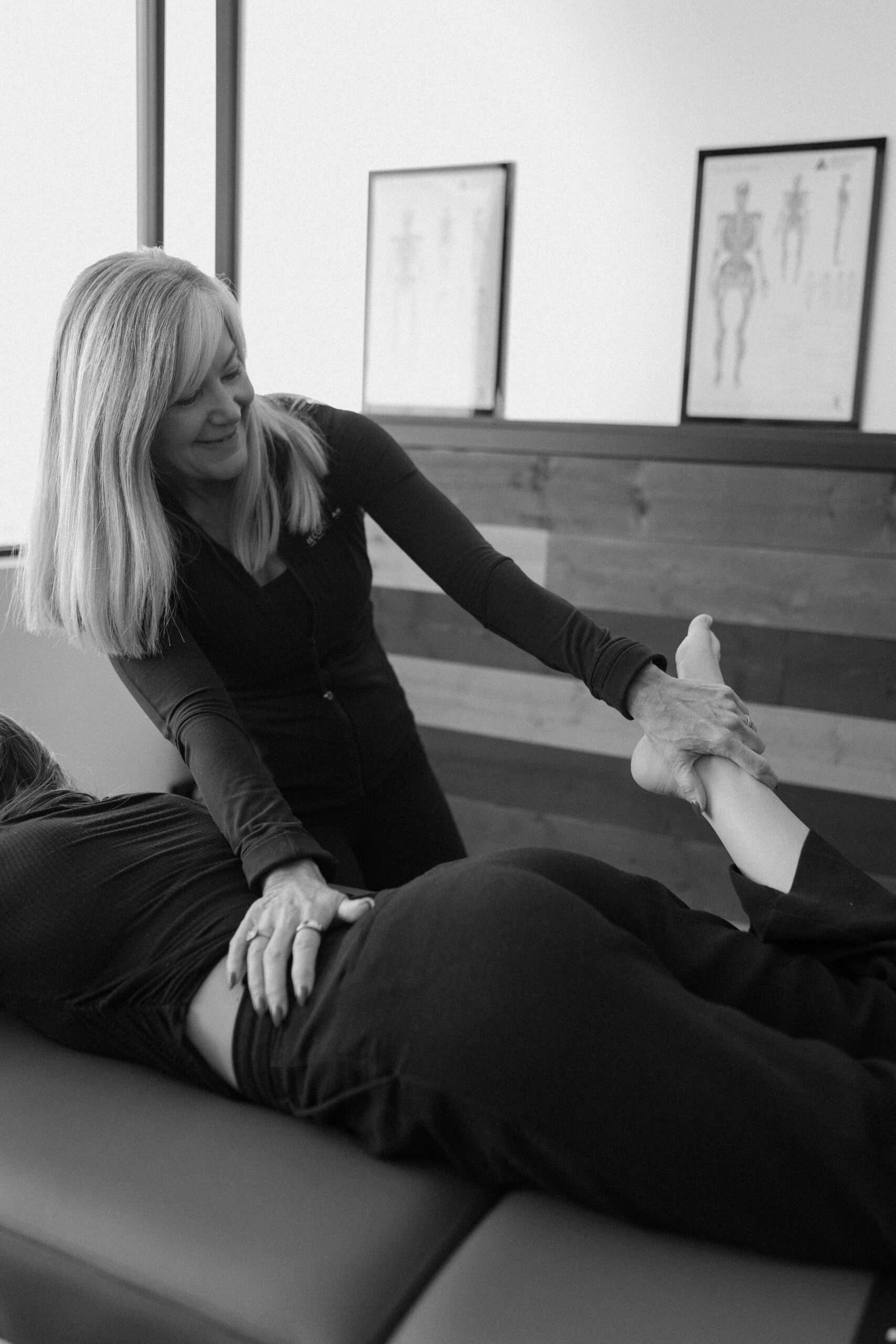Whether you’re a fitness enthusiast wanting to improve muscle recovery, an athlete, or just someone who cares about their health, you’ve probably experienced the blissful sensation that comes from a good stretch, it even compares to a good massage. But have you ever wondered why stretching feels so good?
A few reasons why stretching feels so good are due to the fact that it releases endorphins (the feel good hormone), improves blood flow, and activates the parasympathetic nervous system (which is responsible for relaxation).
Let’s explore the benefits of stretching and why it’s an essential part of any fitness routine.
The Science Behind Stretching
Release of Endorphins
When you stretch, your body releases endorphins—those feel-good chemicals that elevate your mood and reduce pain. These neurotransmitters interact with the receptors in your brain, helping to diminish your perception of discomfort. This natural “high” is similar to what you might feel during a good workout, making stretching an enjoyable activity that not only enhances flexibility but also promotes mental well-being.
Regular stretching sessions can thus contribute to a more positive outlook and reduce stress levels over time.
Improved Blood Flow
Stretching significantly increases blood circulation to your muscles, delivering more oxygen and essential nutrients while efficiently removing waste products like lactic acid. This enhanced blood flow helps reduce muscle soreness and stiffness, especially after a tough workout, making you feel rejuvenated and ready for your next exercise session.
Additionally, improved circulation can promote faster recovery and contribute to overall muscle health, ensuring that your body remains in top condition.
Activation of the Parasympathetic Nervous System
Stretching activates the parasympathetic nervous system, which is responsible for rest and relaxation. This activation helps to counteract the body’s stress response by lowering heart rate and promoting a state of calm. As a result, it can significantly help reduce stress and anxiety levels, providing a sense of overall calm and well-being. Regular stretching can, therefore, be a valuable part of a wellness routine aimed at improving both physical and mental health.
Enhanced Flexibility
One of the most obvious benefits of stretching is improved flexibility. Regular stretching helps lengthen your muscles and increase your range of motion. This is particularly beneficial for athletes and fitness enthusiasts, as it can enhance performance and reduce the risk of injury.
Better Posture
Stretching helps correct muscle imbalances and aligns your body properly, leading to better posture. This is especially important for those who spend long hours sitting at a desk, as poor posture can lead to back and neck pain.
Increased Muscle Coordination
Stretching improves the coordination between your muscles by ensuring they work together more effectively. This can enhance your overall physical performance, whether you’re lifting weights, running, or practicing yoga.
Stress Relief
Stretching isn’t just good for your body; it’s also great for your mind. The release of tension in your muscles can lead to a significant reduction in stress levels. Incorporating stretching into your daily routine can provide a mental break and improve your overall mood.
All About Fascial Stretch Therapy
Fascial Stretch Therapy (FST) is a groundbreaking method designed to improve flexibility, enhance athletic performance, and promote overall well-being. Unlike traditional stretching, FST focuses on the fascia, the connective tissue surrounding muscles, bones, and joints, providing a holistic approach to body care.
Key Benefits of Fascial Stretch Therapy
Enhanced Flexibility: FST targets the fascia and joint capsules, leading to improved overall flexibility. This increased range of motion can enhance daily activities and athletic performance.
- Pain Reduction: By addressing imbalances and restrictions in the fascial system, FST can significantly reduce chronic pain, particularly in the back, neck, shoulders, and hips.
- Improved Posture: Regular FST sessions can correct postural issues by realigning the fascia, resulting in better body alignment and reduced strain on muscles and joints.
- Faster Recovery: Athletes and active individuals can benefit from quicker recovery times, as FST helps to reduce muscle soreness and fatigue, enabling a faster return to training and competition.
- Stress Relief: The gentle, rhythmic movements of FST not only release physical tension but also promote relaxation, reducing stress and anxiety levels.
- Injury Prevention: By maintaining optimal fascial health, FST can help prevent injuries by ensuring that the body moves efficiently and effectively.
- Enhanced Athletic Performance: Improved flexibility, reduced pain, and better posture contribute to enhanced athletic performance, making FST an excellent addition to any athlete’s training regimen.
At Recovery Lab, our certified FST practitioners are dedicated to helping you achieve your wellness goals. Whether you’re an athlete looking to improve performance or someone seeking relief from chronic pain, Fascial Stretch Therapy offers a comprehensive solution to enhance your quality of life.
How to Incorporate Stretching Into Your Routine
Visit Recovery Lab for Fascial Stretch Therapy
If you’re looking to increase flexibility, prevent injury, and move at your best, book in to see a certified therapist at Recovery Lab. We’ll assess any symptoms, pain, or injury you have, to tailor a treatment plan specific to your needs.
Dynamic Stretching Before Exercise
Dynamic stretching involves active movements that take your muscles through their full range of motion. This type of stretching is ideal before a workout, as it prepares your body for physical activity and reduces the risk of injury.
Static Stretching After Exercise
Static stretching involves holding a stretch for 15-60 seconds, allowing your muscles to relax and lengthen. This type of stretching is best performed after a workout when your muscles are warm and pliable.
Yoga and Pilates
Yoga and Pilates are excellent ways to incorporate stretching into your routine. These practices not only improve flexibility but also enhance strength, balance, and mental focus.
The Path Towards Muscle Recovery
Stretching feels good for many reasons, from the release of endorphins to improved blood flow and activation of the parasympathetic nervous system. Beyond the immediate pleasurable sensations, stretching offers numerous benefits, including enhanced flexibility, better posture, and faster recovery post-workout.
If you’re looking to improve your overall well-being and physical performance, make stretching a regular part of your fitness routine. Trust us, your body—and mind—will thank you.
Ready to elevate your stretching game? Book a session with one of our expert trainers at Recovery Lab to create a personalized stretching plan that fits your needs perfectly.



